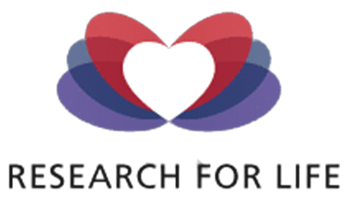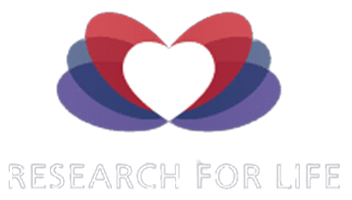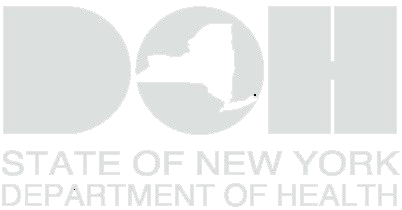
Funeral Burial, Cremation, Whole Body Donation: What is the best option for you?
Death, though a natural part of life, does not come without fiscal burden or emotional stress. When you think about an end of life option, your mind likely goes to the choices of either a traditional burial or a cremation. Two well-known options; but both seeing consistently rising price rates for many years. From December 1986 to September 2017, The Consumer Price Index for All Urban Consumers tracked funeral expenses and within 30 years the price for the services rose 227.1%.
Let’s focus on the more “cost friendly” and increasingly popular option of cremation. In 2018, the average in Arizona and California for a low cost (direct) cremation was $630. A direct cremation will typically include a simple container and no viewing, memorial service. On the other end, the average for a high cost cremation was $2,635. The high cost includes more typical viewing services including fees for the funeral home services, a cremation casket, an urn and other small fees such as flowers, soloists, and obituary notices. Though this is a considerably smaller cost compared to the upward cost of $10,000 for a traditional burial, could this really be the better end of life option?
With funeral expenses on the rise every year, the financial and emotional burden on families can sometimes be too much. There is a third option to avoid high cremation (or funeral) costs, keep the process simple for family members, and benefit the future of medicine through educating doctors or disease research. This can all be achieved with whole body donation through Research for Life. Along with having the privilege to be allowed to donate our donor’s bodies to science, we also provide the services for cremation, transportation and filing of the death certificate to the county vital records system at no cost to donors or their families.
A funeral home will only be there at the end of life; but does nothing to offer hope to future generations through advancements in medicine or education. we choose to be with you every step of the way when you decide to become a donor. You can pre-register through our Donor Program. With whole body donation, you reduce the costs your family will face at the time of your death. You also give the gift of “HOPE” for generations to come. To honor our commitment and respect for the gift that our donors are offering, patients accepted through our Donor Program, will be accepted even if health conditions should change. Please note the limitations, there are factors that can void the acceptance of a donor. We want to give peace of mind to donors and their family members during these times and keep the process simple for loved ones.
Through our program you can expect professional and compassionate staff, 24/7 to be on call ready to assist you or your family. We always respect patients’ privacy, confidentiality and are held to the highest level of professionalism regarding donor information.
We believe that ever person has the right to choose whole body donation, your life, your right to choose how you will make a difference.



